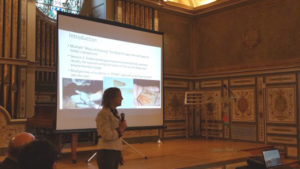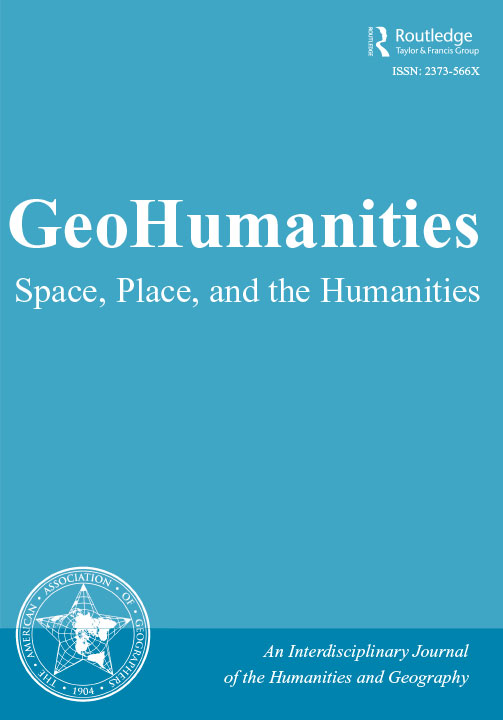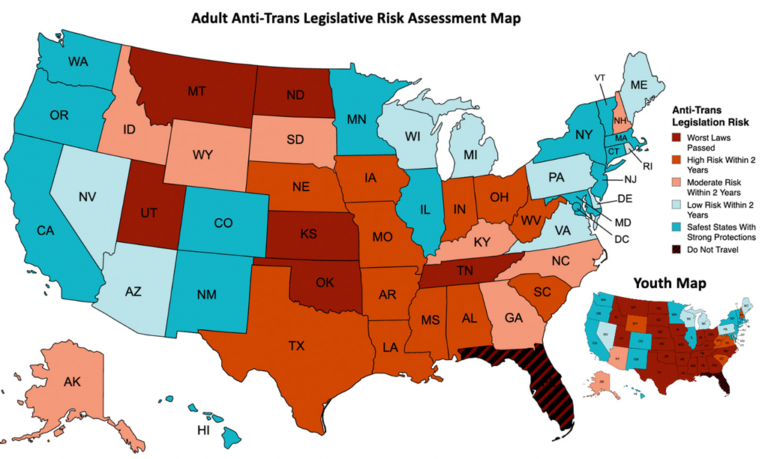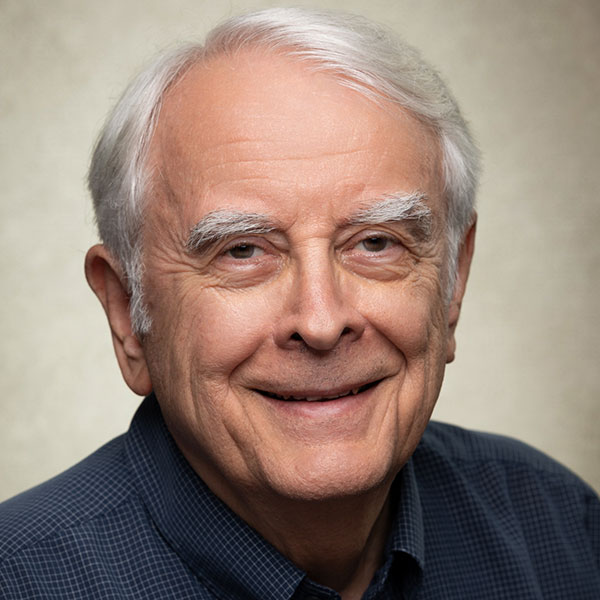Maya Peoples Making History Conference

Presentations by
Sheryl Luzzadder-Beach, AAG VP, UT Austin
Timothy Beach, UT Austin
Geoffrey Wallace, McGill University
Adrienne Kates, Georgetown University
Bianet Castellanos, University of Minnesota
Discussants
John McNeill, Georgetown University
Matthew Restall, Penn State University
John Tutino, Georgetown University
On Friday September 8th, the AAG’s Vice President Sheryl Luzzadder-Beach, presented her research at an event hosted by Georgetown University and The Mexican Cultural Institute. The event, Maya Peoples Making History: Founding a Civilization, Adapting to Empire, Engaging Capitalism and Migrating with Globalization, traced the history of the Maya people from prehistory to modern times. It was held at the The Mexican Cultural Institute in Washington DC, an historic mansion that was recently designated a historic site in the National Register of Historic Places. The building boasts vivid murals of Mexican culture and history, intricate tilework, and often hosts events and art exhibits.
The presentations began with Sheryl Luzzadder-Beach and Timothy Beach of UT Austin discussing their research which combines geoarchaeology, botanical analysis, and laser mapping (LiDAR) to reconstruct the environmental history of the ancient Mayan landscape in Belize. LiDAR has been beneficial to archaeology because of it’s ability to image landscapes beneath dense vegetation such as the forests of Central America. The research by Luzzadder-Beach and Beach shows that LiDAR’s survey capabilities can expand occupation areas of the ancient Maya to approximately twenty times what was previously known.
The duo was followed by Geoffrey Wallace of McGill University, currently a visiting researcher at Georgetown University. His scholarship focuses on the environmental history of the Yucatan Peninsula through the changes in the political and social landscapes as a result of colonization. He is building geospatial databases from historic records that can be used to analyze the movement of people and distribution of commodity goods production in the Yucatan.
Next was Adrienne Kates of Georgetown University who explored the chicle trade in Quintana Roo, Mexico from 1901-1930 and the Maya peoples’ fight for autonomy from the Mexican government.
The formal presentations concluded with Bianet Castellanos’ anthropological perspective of the modern condition of the Maya. She reviewed traditional gender roles and how Maya women navigate these gender roles in a global economy.
The talks were followed by discussion sessions led by John McNeill, Matthew Restall, and John Tutino. From taming the challenging ecosystem of the Yucatan thousands of years ago to integrating into the global economy of today, the conference was a celebration of the continuous adaptability and resiliency of the Maya people.


